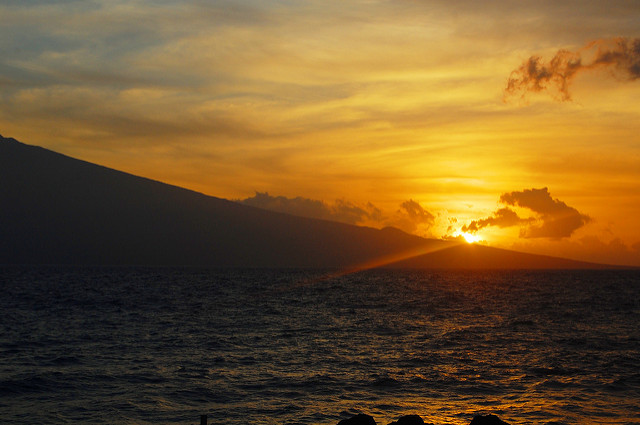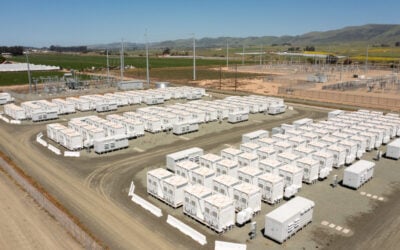
Whilst most of the federal incentive buzz for energy storage surrounds California’s Self-Generation Incentive Programme (SGIP), new bills from Hawaii and Maryland provide insights on how state storage incentives are moving beyond the Golden State.
GTM Research’s new report entitled ‘Rise of the Incentives: Storage Opportunities in Hawaii and Maryland’ details firstly how if Hawaii’s HB 1593 is passed, it could become a main driver for storage. Hawaii is already an ideal market for solar-plus-storage projects; with its rural Island grid connectivity issues and high penetration of solar and equally high electricity rates. Therefore, there is definitely market demand for storage incentives.
Enjoy 12 months of exclusive analysis
- Regular insight and analysis of the industry’s biggest developments
- In-depth interviews with the industry’s leading figures
- Annual digital subscription to the PV Tech Power journal
- Discounts on Solar Media’s portfolio of events, in-person and virtual
GTM Research’s economic modelling revealed that the incentives increase IRR between 110 basis points and 140 basis points with a net present value by almost US$1,000 for a typical residential customer.
“There’s an unmistakable benefit to having a storage system for new solar customers in Hawaii, although it is clear that legislators were careful to propose a moderate incentive that prevents a gold rush,” said Brett Simon, energy Storage analyst at GTM Research and report author.
Secondly, Maryland’s SB 758 earmarks US$750,000 annually in tax credits for behind-the-meter energy storage systems, which could amount to 150 residential or 10 commercial systems (or a mix of both). Simon notes that this bill is a “foundational” piece of legislation that would really establish Maryland’s energy storage market, with the state most well-known for its community solar efforts.
“States will increasingly lead the charge for energy storage policies in the US,” Simon notes in his report, “and the outcome of Hawaii and Maryland’s incentive programs will offer key takeaways that other states can employ when crafting their own storage initiatives.”






